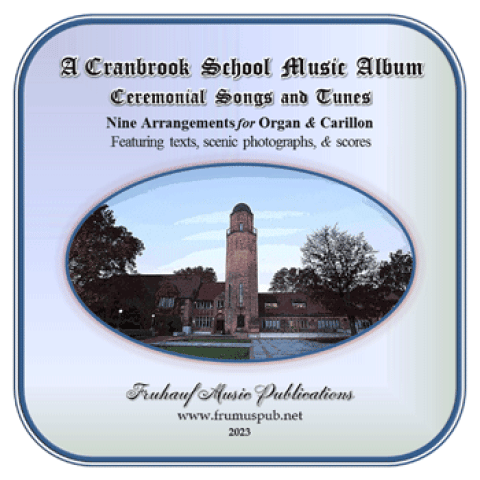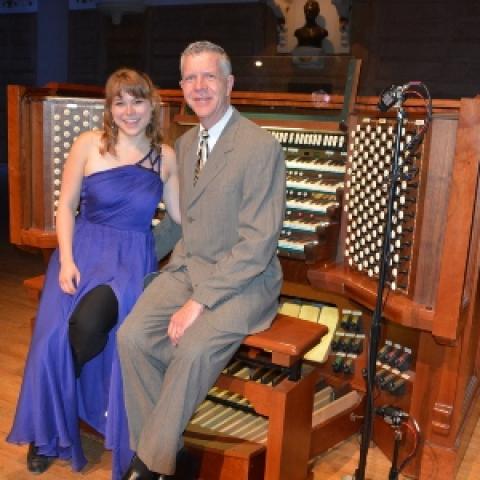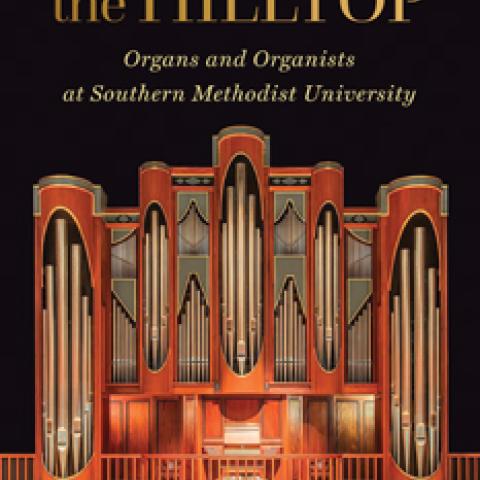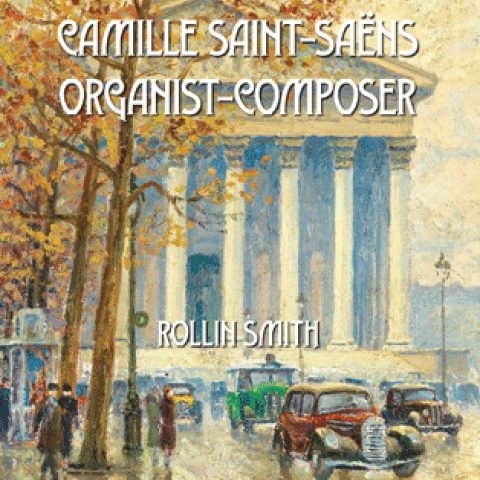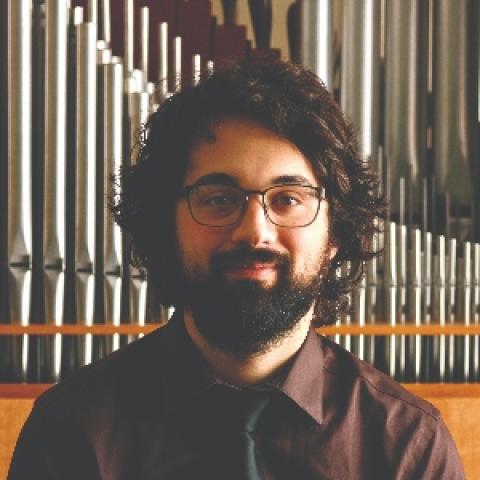
Wilma Hoyle Jensen has released a new book, Organ Footnotes: Touches, Rubato, Finesse, an in-depth study of natural physical gestures and musical freedom at the keyboard that explains how Jensen was influenced by piano pedagogues such as Tobias Matthay and Dorothy Taubman.
Understanding how the hands and body function naturally in building keyboard technique propelled Jensen’s career, and the author believes this knowledge can benefit other organists of all experience levels.
For information: loisfyfemusic.com and
wilmajensen.com/footnotes.
Other recent publications:

